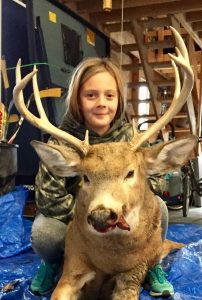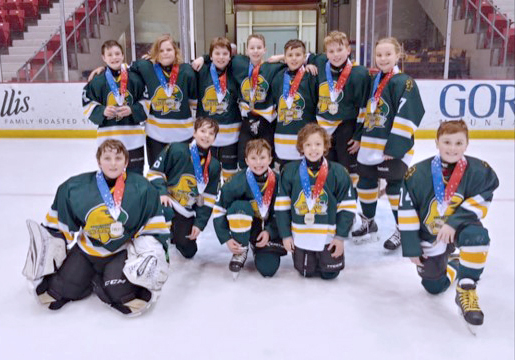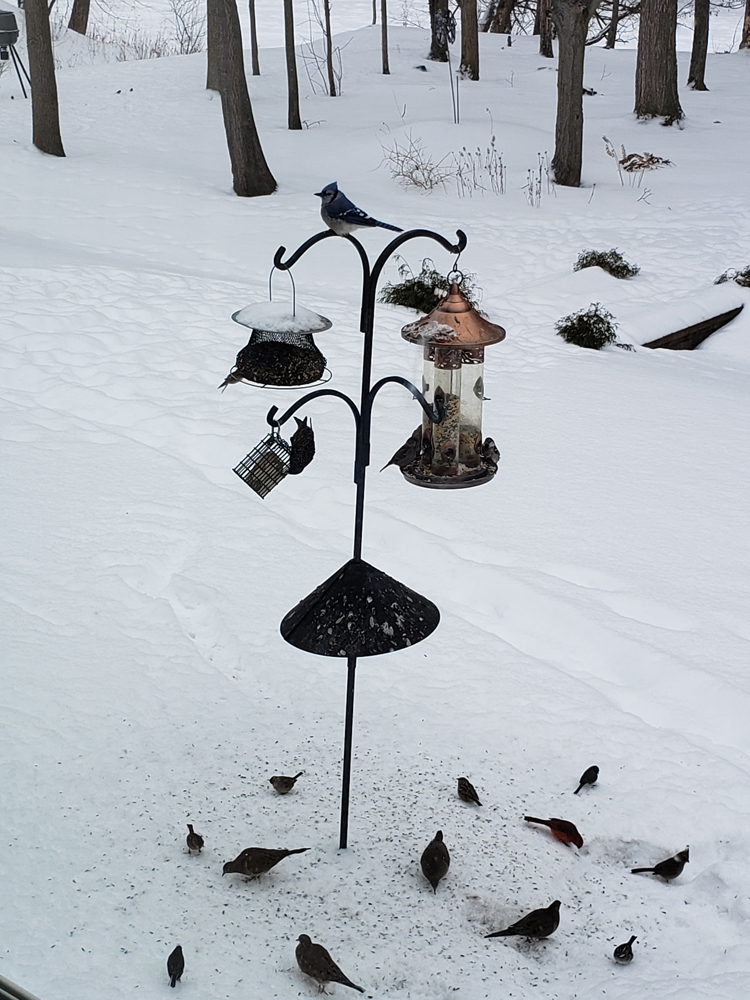Late season Whitetails tactics

From early reports here in New York’s southern zone, the deer gun season has produced some big bucks, but it appears that the overall harvest is down. The general consensus among my deer hunting buddies is that they are seeing less deer and very few hunters. I’m not really sure why this would be because the weather has been quite decent for most of the gun season. Maybe the fact that there has been no snow to speak of could be part of the reason; there is nothing a deer hunter likes better than a nice fresh blanket of white snow. It brightens the woods as if turning on a light and any deer movement can be much easier to detect with that white backdrop.
If you don’t have any venison in your freezer when the regular gun season ends on December 10, you still have an opportunity to hunt the late bow and muzzleloader seasons in this section of the state (southern zone) which runs from December 11-19. Late season deer hunting is a whole different ball game, so I contacted local whitetail expert Larry DiMarco for some tips on connecting with these pressured deer with a muzzleloader or a bow. Larry has killed more deer in the late season than most deer hunters do during the early bow and regular gun season combined.
Here is what Larry divulged: “If you want to get a crack at a late-season whitetail, forget about your treestands that were productive during the rut. You must hunt late season whitetails at food sources; as the weather gets colder, the deer have to eat more often.
“But first you must figure out where the deer have disappeared to after all the pressure of the gun season. They usually head to any place where the hunters won’t go, like those small out-of-the-way parcels that no one in their right mind would think a deer could be hiding in, such as tiny stands of thick cover in the middle of an open field, hedgerows, small stands of cattails, or un-mowed grasses and weeds in the middle of a cut corn lot. Anyplace big enough to hide a Volkswagen can hold deer.
“If you are hunting with a bow, look at properties that are off limits during the gun season. Places like public or corporate properties that prohibit the discharge of a weapon such as parks, golf courses, airports, ski resorts and wood lots adjacent to manufacturing sites. Obviously, these spots won’t work for muzzleloader hunter who must hunt in locations where it is legal to a discharge a firearm. They need to look close at places like thick creek-bottoms, swamps, uncut corn lots, overgrown fields of multi-flora rose, and any other chunk of real estate that for one reason or another prohibits human intrusion can also harbor herds of harassed whitetails.
“Once you find the spots where these skittish deer are bedding, look for the closest place they can find a meal. Corn fields, alfalfa lots and hay mowing are great food sources, but if you can find an abandoned apple orchard that can be a real hot spot. You can hunt the food source, but keep your stand back far enough so that the deer are able to comfortably enter the food source and begin feeding. Back away from the chow line by another 75 or 100 yards. Get deeper into the woods and higher in the trees. With today’s modern muzzleloading equipment, you should take advantage of their extended range; it will keep the approaching deer more comfortable.
“Better yet, position yourself off the food source and hunt the travel corridor or transition and staging areas leading from bedding to the destination food. Try to find the trails they use coming and going and intercept them as they sneak back and forth to those feeding grounds and their new daytime resting ground. Concentrate on hunting the first and last hour of the day, most pressured deer will not move until low light. Remember that there are no leaves left on the trees now so, if possible, conceal your stand within a thick pine tree, or on the opposite side of the tree you expect the deer to approach from. If you have the nerve control, remain seated and shoot after the deer has passed by; that way they are less likely to see the raising movement of your bow or muzzleloader.
“And, of course, wind direction is critical, stay out of your stand until the conditions are perfect. If you are targeting a mature, trophy-caliber buck, remember that they are typically the last to enter a food source. Keep the existing deer comfortable; know that the boss is back in the woods evaluating the situation.
“We all practice shooting our bow before season and we should do the same with our muzzleloaders. Take time to know and maximize your comfortable range. Many of today’s muzzleloaders are capable of effectively shooting out to 250 yards. But that kind of accuracy takes time at the bench, mixing and matching the right bullet and charge, and ample practice pulling the trigger.”
I would like to thank Larry for his tips on harvesting late season whitetails.
Lastly, I again ask that the deer hunters please be safe out there. I saw earlier this season that a Chautauqua County woman was shot and killed while walking her dogs by a hunter who mistook her for a deer. Moron isn’t a strong enough word to describe this dope. He should go to jail and the key should be thrown in the Chautauqua Lake. There is nothing about a human that looks like a deer. Know your target!





